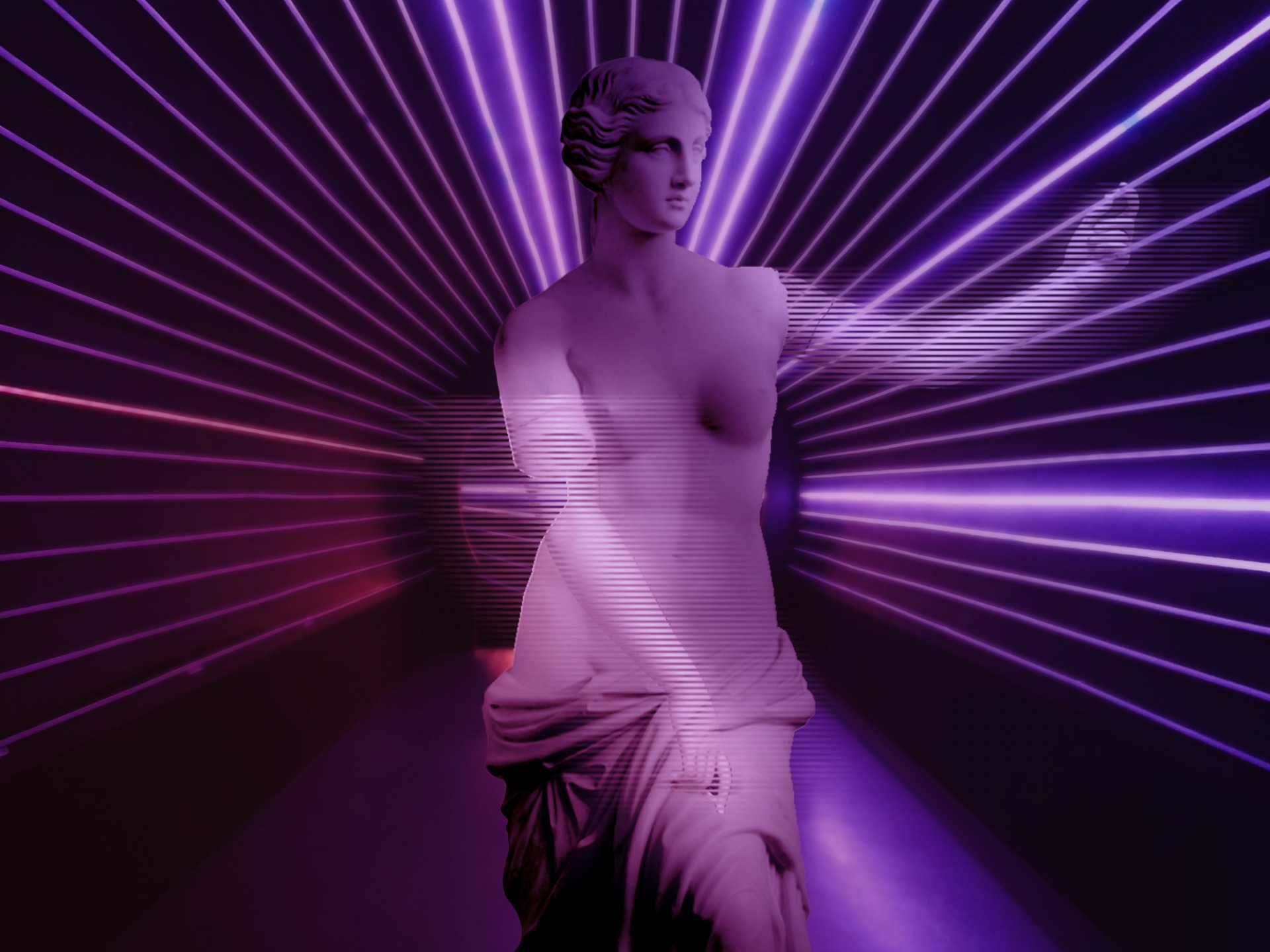Who knows if Leonardo da Vinci would have called himself a creator? Well one thing is for sure: it is not possible to copy and paste a physical work of art like the Mona Lisa (at least until today, but who knows what the future will hold). Obviously copies were made, reproduced quite well, but we are certain that the Louvre is showing the original work. In digital art, however, it is possible to create dozens of identical files starting from the original image. A substantial difference which makes physical art stand far from digital art, at least until the birth of NFTs.
WHAT IS HAPPENING
You probably heard of it already, the word spread quickly. It doesn’t happen every day that Christie’s, the famous British auction house, sells digital assets for an amount of 69 million dollars. This is what happened with the drop (ie the collection of digital works) “Everydays – The First 5000 Days” by Beeple, auctioned off at a staggering sum.
Anyone who was surprised by the astronomical figures that revolve around contemporary art will have a faint knowing that memes, Youtube videos and Tweets (how about that) have been sold for millions of dollars.
WHAT ARE NFTs
NFT stands for Non-Fungible Token, and is one of the most interesting blockchain applications. Is your head spinning already? Let’s see.
The need of digital artists was to apply the concept of uniqueness of the non-material work (or of the content if we do not want to tie ourselves to art only). On the other hand, collectors passionate about virtual works felt the need to unequivocally possess a digital asset.
This is where the blockchain comes into play, as the set of nodes of a network capable of validating the uniqueness of a digital asset and facilitating the creator-collector transaction without intermediaries. To be practical: the author of the work assigns a smart contract to the original file and all associated metadata, which we could define as a certificate of authenticity. It is verified and stored by all the nodes that make up the blockchain. Hence the name Non-Fungible Token which, in fact, means that the token (the certificate of authenticity) assigned to the digital file is unique and therefore non-fungible.
Whoever buys the token can show possessions at any time by proving that, although the file is still replicable, he or she remains the owner of the original file.
HOW TO CREATE AN NFT
Not just illustrations but all digital assets can be nifties: audio, video, post, pdf files and much more. Yes, even digital cats.
You are starting to feel like you want to take a picture of your cat and put it up for auction, right? Well, make yourself comfortable and we’ll explain how to do it.
To generate your NFT on the Ethereum blockchain you can mint (i.e. create) an ERC-721 token which will guarantee the uniqueness of your digital work.
If you are a beginner I recommend that you use one of the many platforms that facilitate this process. The platforms not only allow you to create your own NFT, but will also give it visibility and sell it, obviously in exchange for a fee that varies from platform to platform. There are many, just do a little Google search to start a comparison. However, keep in mind that while some allow any artist to sell their works, others organize a real selection of creators.
To sum up, choose the most advantageous platform for you, mint your NFT, whether it is an asset that you have shared online or an unpublished one, and be prepared to increase your visibility and create demand.
A PSYCHOLOGICAL QUESTION
The question arises: why buy a file that remains replicable and usable by anyone, and it’s also free to do so?
The answer is not that easy, we could say that it is a passion for a certain type of content or creator. Or we could say that there is an innate need to mark possession, even if it concerns intangible assets. Many say it is just a momentary fever, and like any bubble destined to burst.
What about you, are you really sure you don’t want a meme in your crypto-wallet?

Marco Abei
OSC INNOVATION
Marketing Manager
Passionate about technology and innovation. Most recently, he has further developed his career in Digital Marketing. His approach integrates creativity and UX with new technologies, to deliver engaging and high value content and brand experience. Marco has been working on International projects between US and Europe, helding different roles, and supporting global Brands in different industries to successfully pursue the digital transformation.



